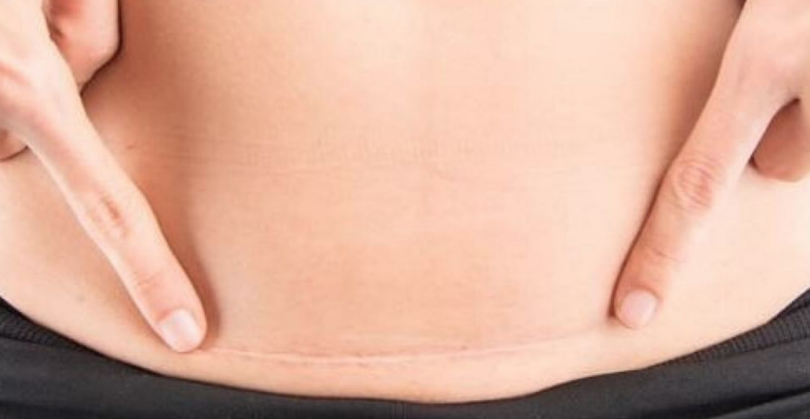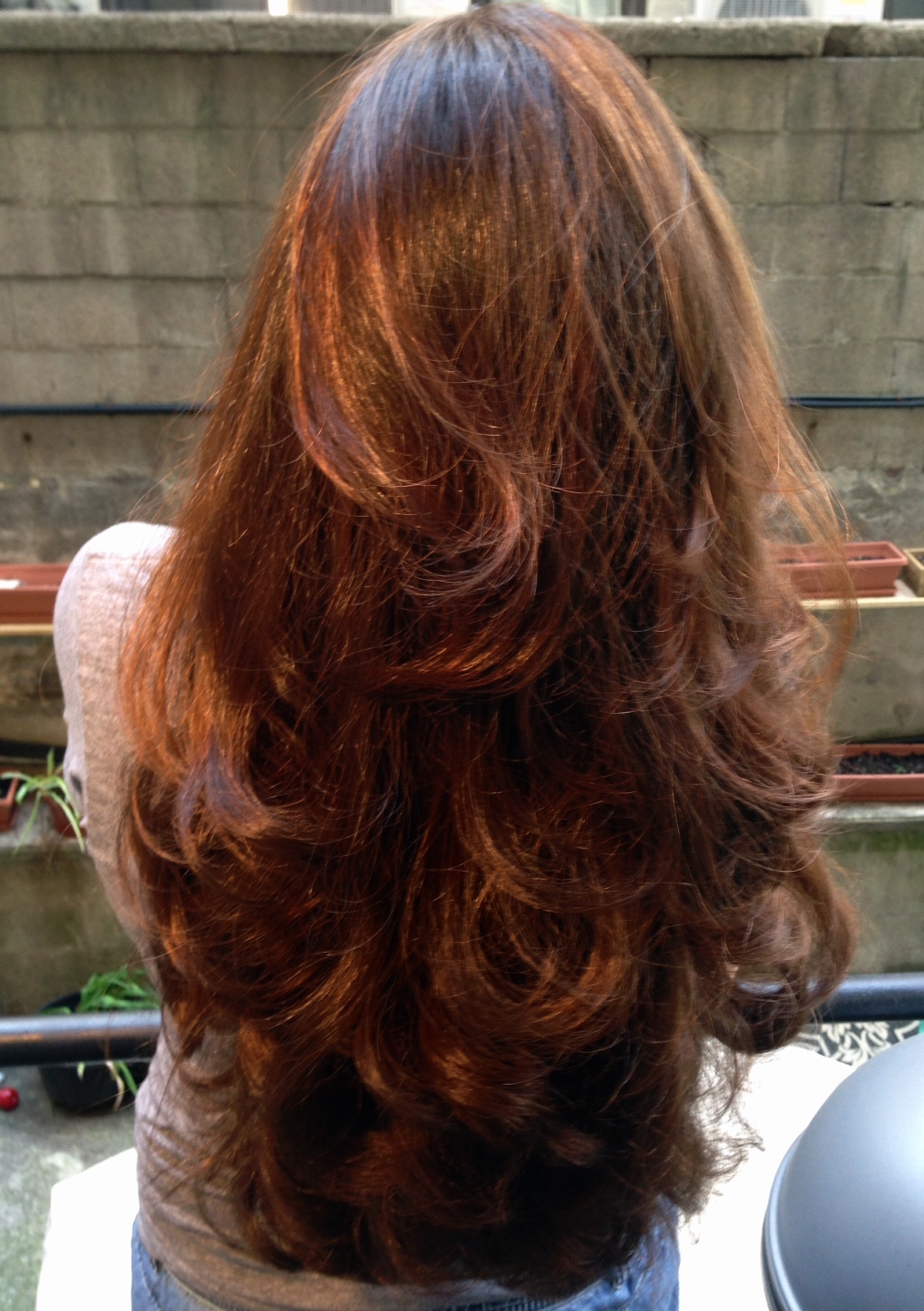Everything you need to know about c-section scar healing
If you’ve just had a c-section or will soon, you’re probably curious about what c-section scar healing is like. With c-sections being fairly routine now, doctors have grown accustomed to making the smallest-possible incisions for the best possible c-section scar healing in terms of both pain and appearance.
“C-section scars are different from scars elsewhere in the body for a number of reasons,” explains Nicholas Bastidas, a pediatric plastic, reconstructive and craniofacial surgeon. “The physiology of the pregnant patient is different. The skin can be closed without tension. Less skin tension is better for scars.”
C-section scar healing starts in the operating room
“The best way to close c-sections are to do so in layers. Dissolvable stitches are placed under the skin to realign the deeper tissues and prevent depressions or other contour deformities in or around the scar,” says Bastidas. “The top layer of the skin can be closed with either an absorbable or permanent stitch or staples. If staples or permanent stitches placed, they must be removed within one week. Ideal c-section scars are placed below the panty line so they can’t be seen when wearing under wear or bathing suits.”
Yes, you really should buy silicone scar sheets
Doris Day, a board certified dermatologist based in New York City and author of Beyond Beautiful, says you can get a head start on optimal c-section scar healing by using silicone gel sheets.
“Remember to keep the area as free of tension as possible. This means using a silicone gel sheet — the less tension there is on the scar, the better.”

ScarAway C-section Silicone Strips, available here
She also suggests heading to an experienced dermatologist to treat c-section scars for the best possible results.
“Typical red and brown scars show a change in skin texture as well as color. Over time, red scars tend to get less red and can even turn white. Hyperpigmented scars are brownish in color, and tend to lighten. These can be cleared quicker with the use of devices like intense pulsed light (IPL) that target red or brown, and lasers that work on skin texture.”
Keloids, on the other hand, require a different path of c-section scar healing, and are typically injected with cortisone steroids three to four weeks following surgery.
Can c-section scar healing be addressed years later?
“Yes, it’s possible to treat even old c-section scars,” explains Day. “Often with the same treatments as fresh c-section scars. I sometimes use EuroThreads or fillers to help smooth out a scar later one.”
Which products are best for c-section scar healing at home?
“I suggest Avene Cicalfate Post-Procedure Cream as it contains an excellent copper and zinc sulfate complex along with Avene spring water,” says Day.

Avene Cicalfate Post-Procedure Cream, available here
“These ingredients support wound healing and can also improve scar redness.”
What results can be expected?
“We can improve a scar by making the texture smoother and bringing the color closer to neutral,” explains Day. “But there wil most likely still be a scar in most cases. When it comes to a c-section or surgery around having a baby, it may help to look at the scar as a beautiful reminder of a precious gift. I tell patients to expect a 50-60% improvement, though. I always aim to erase the scar, but it depends on the size, location, and genetics.”
Love this article? For more beauty, style, travel, and trending topics check out The Luxury Spot on Facebook. Like us and we’ll love you back!









